- The Brothers Gerazounis: Engineering the Lifeblood of Buildings
- The Hellenic Initiative Summer Youth Academy Empowers Underprivileged Children Through Sports
- CAPTAIN MARIANTHI KASDAGLI: Charting her own course at sea
- Oscar nominee Lorraine Bracco of ‘Goodfellas’ is having ‘More Fun’ than ever before
- Voice And Vision: Grigoris Maninakis, 50 Years Of Greek Music In America
Aphrodite Navab, the Greek Iranian American Artist Mines her Roots and …Minds her Business!
by Dina Pinos
NY Times #1 Best Seller author Reza Aslan of Zealot: The Life and Times of Jesus of Nazareth (2013) writes: “Aphrodite Désirée Navab is a Greek, Iranian-born, New York-based artist whose work mines her Iranian, Greek and American cultural heritage asking questions of its competing histories and politics. Her art is the aching inquiry of an uprooted consciousness seeking new roots. It also serves as a site of critical dialogue and debate. Ultimately, Navab’s art haunts our imagination with its beauty and complexity, inviting us to engage in a third space of transnational and cross-cultural initiations, leaving domination and demonization outside the picture.” A collector from her new series, he sets the tone of her latest inspirations. NEO had the change to interview Aphrodite and talk about her projects and how they’ve developed over years of soul searching and artistic exercising.
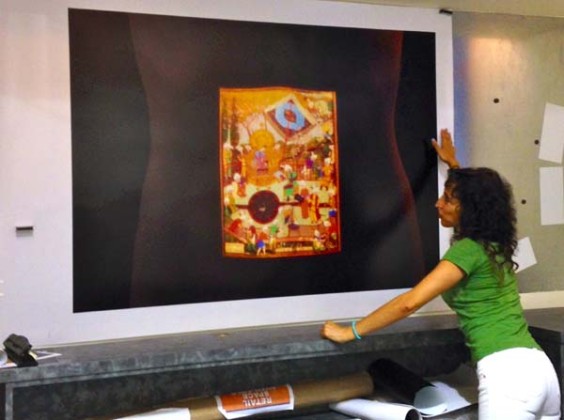
Aphrodite Navab
What is your latest project?
My latest work is The Blind Owl Meets the Hunger Artist (2014-present). It is an ongoing series of ink drawings where I imagine an invented encounter between the protagonist in the Iranian writer Sadeq Hedayat’s novella “The Blind Owl” and the protagonist of Czech writer Franz Kafka’s short story, “The Hunger Artist.” The artists’ metaphors, allegories, and themes are explored in voluntary exile, in addition to the nature of performance art, the real and the ideal, rituals of insanity, the existential crises of the artists and their autobiographical narratives.
How were you selected by your latest gallery?
Marina Reiter of Studio 26 gallery in the East Village recruited me after hearing about my work through a curator. The gallery represents an impressive list of international artists and is in tune with current trends in the art world. They now represent me. My new series is on their website: studio26eastvillage.com/dsire-navab-portfolio. The gallery is active in promoting, exhibiting and selling its artists’ work both within the gallery space, and at well known international art fairs. My work was exhibited at the following fairs: Art on Paper, Art Basel Miami, December 1-6, 2015, Context NYC, Armory Show, March 3-6, 2015, and Art Beijing April 27-May 1, 2016.

How does your yoga practice inspire your art?
Seven years ago, I asked a dear friend, writer Hooman Majd and bestselling author of “The Ayatollah Begs to Differ,” (2008), how he stayed so balanced, mentally and fit, physically? He shared with me that he practices Ashtanga yoga, that his wife Karri Jinkins is a yoga instructor and inquired if I would like to be introduced to his teacher, Eddie Stern of Ashtanga Yoga New York.
I was doubtful of my own ability at first, but over seven years, I have progressed from practicing three times a week, to every day, from primary to intermediate series. I have expanded in flexibility, strength, and discipline — slow but steady. As I wish to practice for the remainder of my life, there is no rush. I dedicate one hour a day, every day to myself, my body, spirit, mind, my breath, often in solitude and silence.
I now practice before making my art, before bringing out my Sumi ink, brushes, twigs and watercolor paper. I have a very active and tireless spirit. Often the yoga instructors at Ashtanga Yoga New York call me a hummingbird, not only for my small size but also for my rapid movements, completing my practice in very little time, flying in and out of the room. Yoga calms me and clears my thoughts before I focus on releasing my imagination for my art. I do weeks of research for my art, collecting primary sources. For my new series, I re-read Hedayat’s novella The Blind Owl, and I re-read Kafka’s The Hunger Artist. I read secondary sources, examining and critiquing their art. I read historical sources on the Czech republic and Austria during Kafka’s time and Iran during Hedayat’s time, then researched the internet for photographs of the writers from birth until death. But one needs to make space inside to analyze so much data. The mind is intricately connected to the body. Yoga enables me to stare at a large blank watercolor paper, with clarity, faith, flexibility and strength.

Tell us more about the healing power of yoga and art?
On September 24, 2015 at the Rubin Museum, my teacher Eddie had a conversation on the subject of karma with his good friend and student of Ashtanga yoga, Chris Martin of Coldplay. Chris recited a poem by heart, by the 13th century Iranian Sufi mystic and poet, Rumi: “The Guesthouse,” translated by Coleman Barks.
This being human is a guest house.
Every morning a new arrival.
A joy, a depression, a meanness,
some momentary awareness comes
As an unexpected visitor.
Welcome and entertain them all!
Even if they’re a crowd of sorrows,
who violently sweep your house
empty of its furniture,
still treat each guest honorably.
He may be clearing you out
for some new delight.
The dark thought, the shame, the malice,
meet them at the door laughing,
and invite them in.
Be grateful for whoever comes,
because each has been sent
as a guide from beyond.
I have read many translations of Rumi’s poems. I knew parts of this poem by heart as well. As I heard a present day English artist recite the work of a 13thcentury Iranian artist, I already knew that profound art inspires new generations across time, culture, language and place, but what became more poignant to me then is that yoga and making art as a combined practice have the potential to clear out our beings, our “guest house” as Rumi pictures it, so as to be more open, receptive, present, and aware.

What do you hope to achieve through your art?
It is in the process of making my art that I dislocate and relocate my place between Greece, Iran and the United States. Each exhibition or installation provides a material reference for me after having left my first relatives, friends, home, language and culture. Each series places a foundation stone into a new home that I am building away from home, but always in critical dialogue with the memory of that first home. To be ‘unhomed’, as cultural studies theorist Homi Bhabha puts it, does not mean that I am ‘homeless’. Nor does it mean that I can be accommodated easily. By occupying two places at once, a cultural hybrid becomes difficult to place. It is within this ‘third space’ of working, contesting and reconstructing that the hybrid cultural identity creates an opening for other positions to emerge–a space of transnational and cross-cultural initiations.
Homeling was my Greek grandmother Efigenia’s pronunciation for homeless. Neither homeless nor at home, homeling captures both the horror and the rapture, in re-locating home and world.
Dr. Aphrodite Désirée Navab website is: aphroditenavab.net


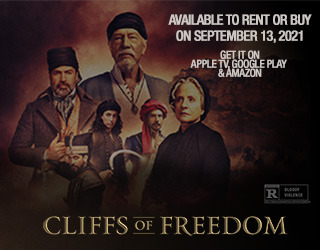

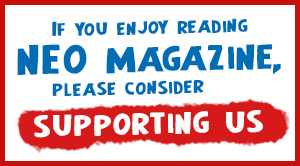

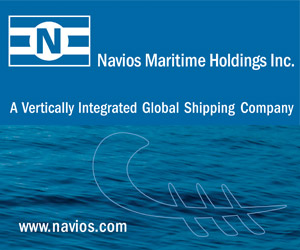

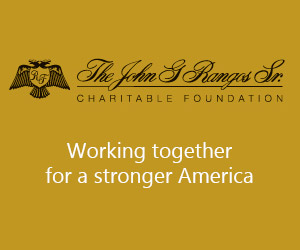


0 comments